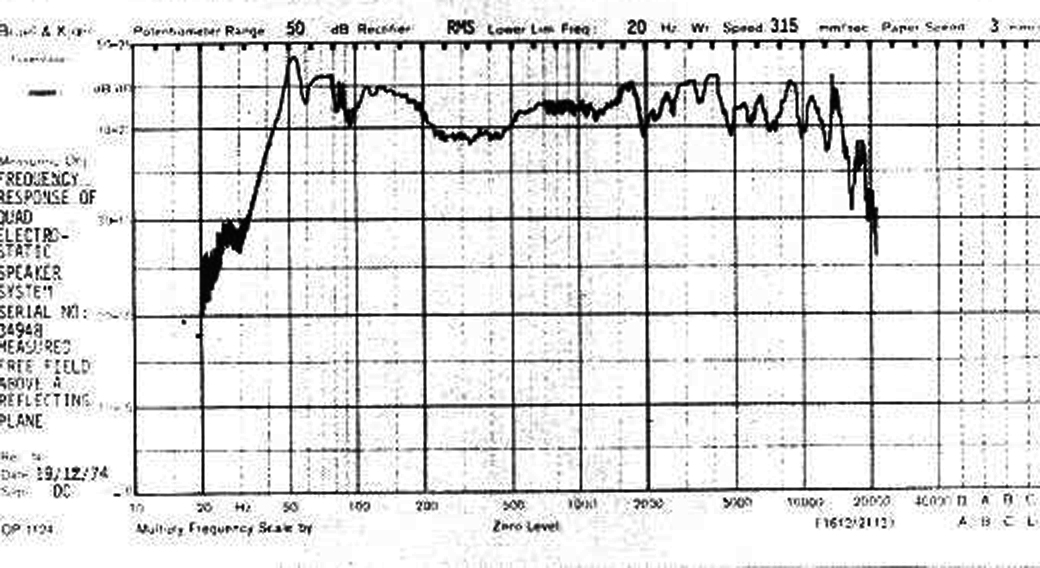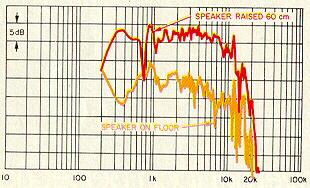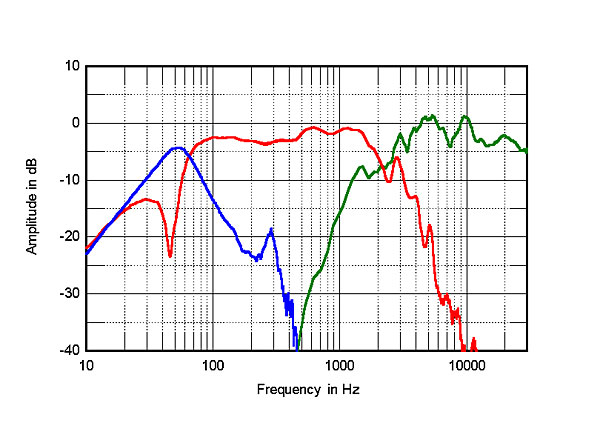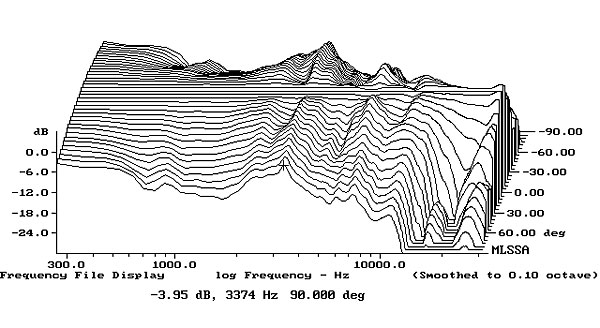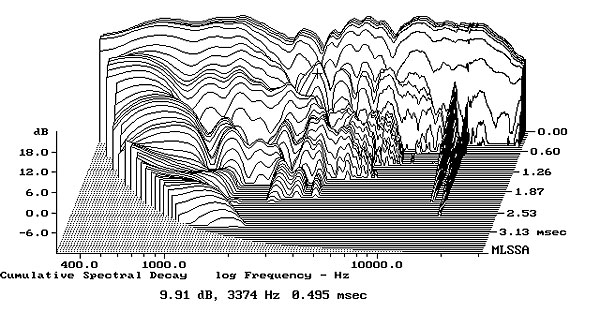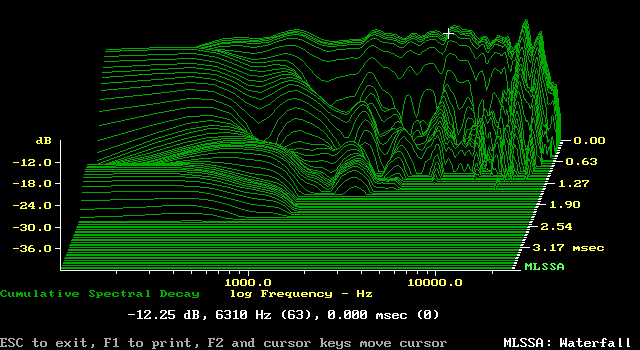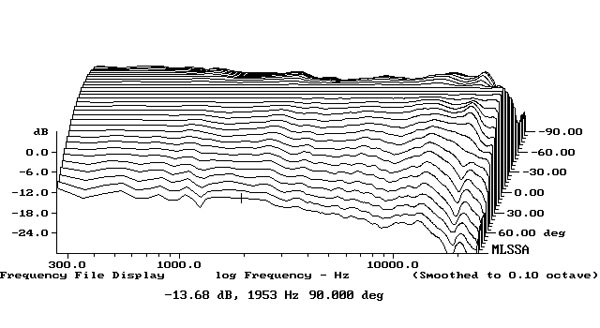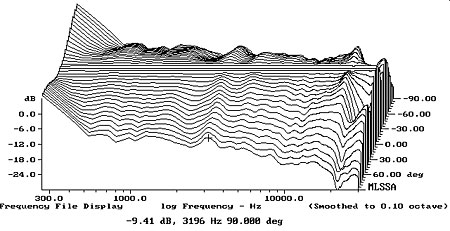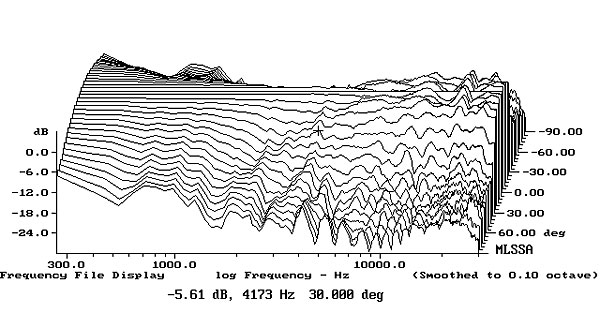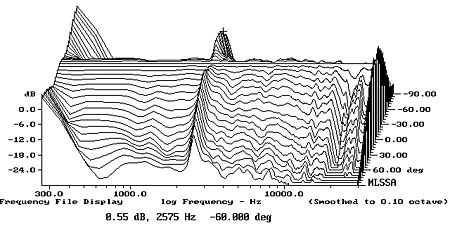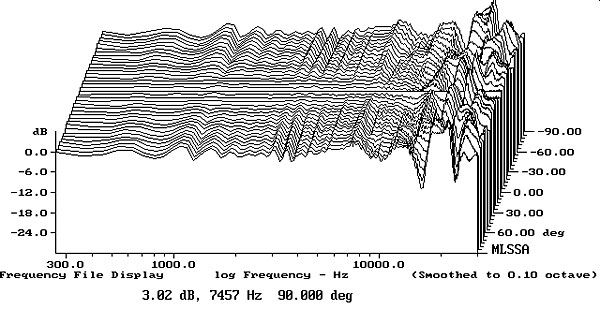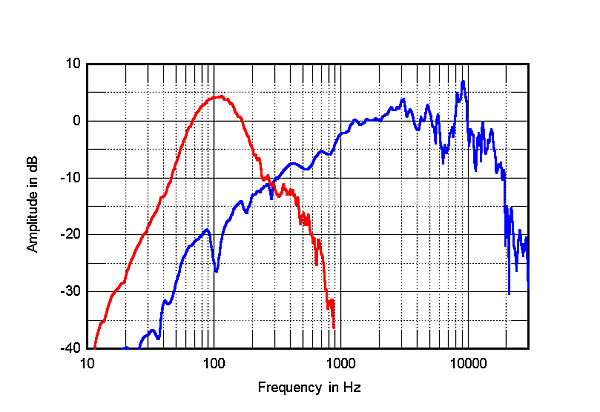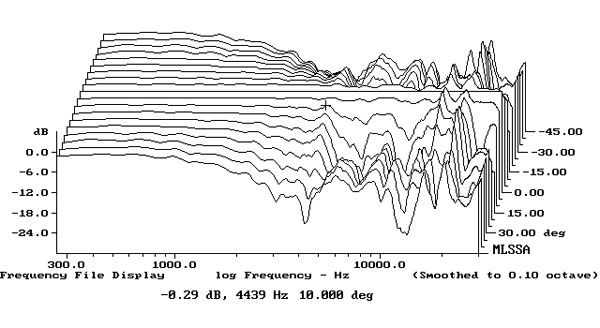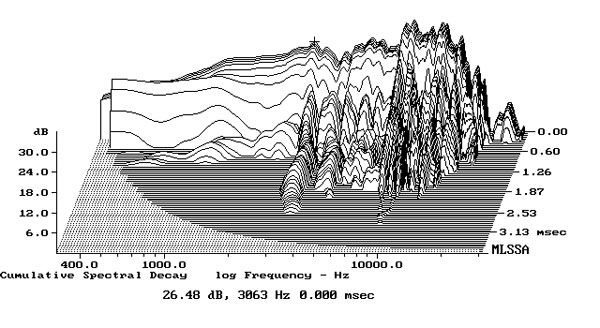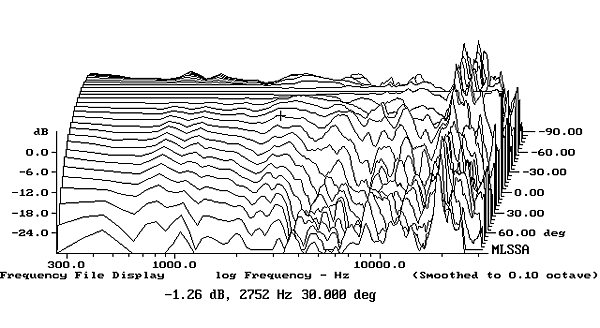Electrostat
pfm Member
I suppose this is my continuous quest to find some speakers for another room that has some of the qualities of the ESL57 that I have been in love with forever. They are the only piece of hifi equipment that has left me this impressed for this long with how real they sound through the midrange. Lots of my listening is to solo piano and chamber music.
From all the measurements I've seen the ESL57 is pretty much dead flat throughout the midrange. But when I do searches for speakers that other ESL57 owners like I frequently see the classic BBC speakers being brought up. Now this might be because most ESL57 owners are in the UK and these BBC speakers are much more common in the UK than the rest of the world. They also have some qualities that might draw ESL owners to them like they can be used in small to medium sized rooms.
I also have Harbeth SHL5 which I don't think have the very pronounced BBC dip (I get the impression Harbeth has been on a path to modernize their speakers for some time) and they are superb in the midrange, more so than dozens of other speakers I've heard but I still greatly prefer the ESL57.
I'm curious what others think.
From all the measurements I've seen the ESL57 is pretty much dead flat throughout the midrange. But when I do searches for speakers that other ESL57 owners like I frequently see the classic BBC speakers being brought up. Now this might be because most ESL57 owners are in the UK and these BBC speakers are much more common in the UK than the rest of the world. They also have some qualities that might draw ESL owners to them like they can be used in small to medium sized rooms.
I also have Harbeth SHL5 which I don't think have the very pronounced BBC dip (I get the impression Harbeth has been on a path to modernize their speakers for some time) and they are superb in the midrange, more so than dozens of other speakers I've heard but I still greatly prefer the ESL57.
I'm curious what others think.




